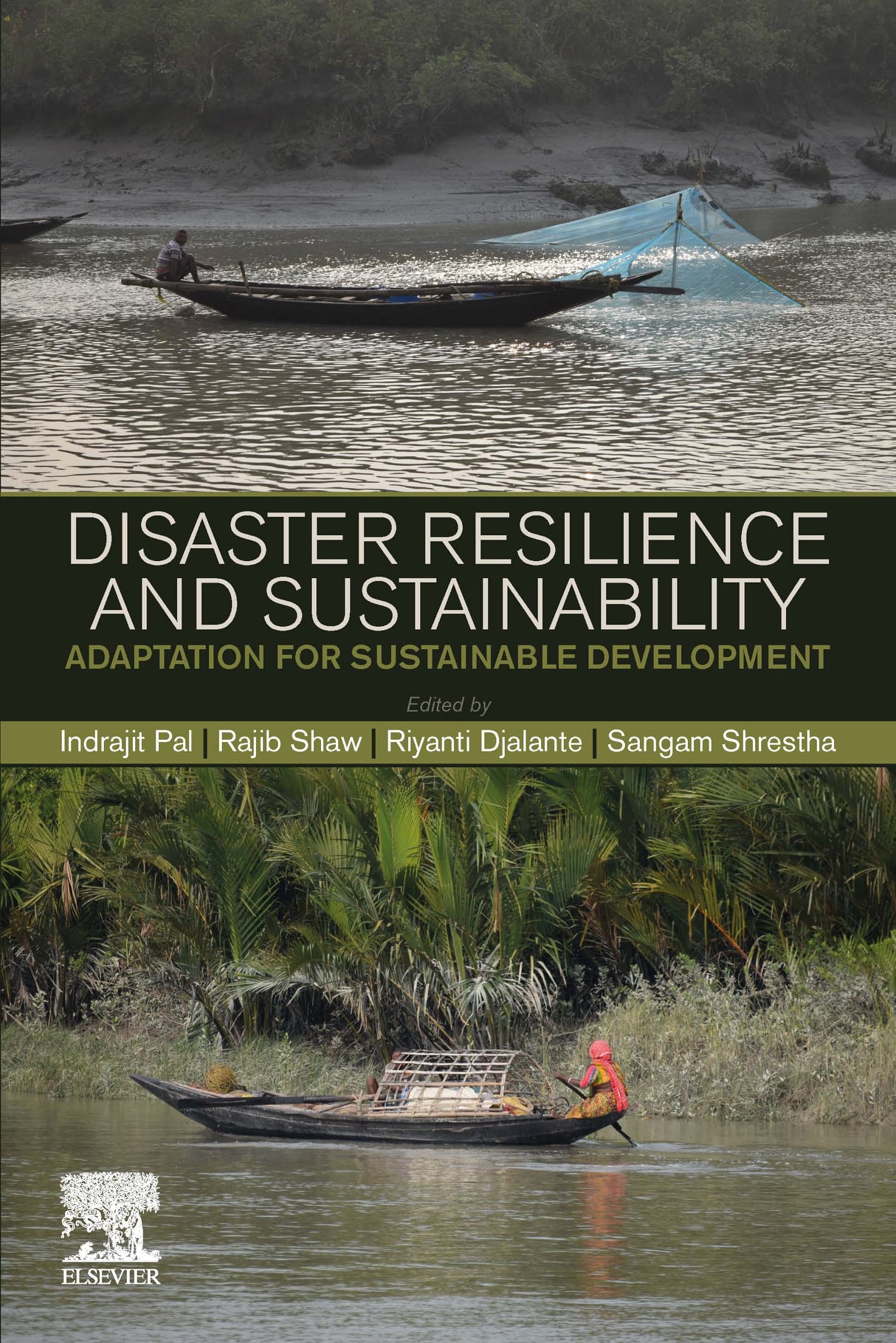
Overview
Disasters undermine societal well-being, causing loss of lives and damage to social and economic infrastructures. Disaster resilience is central to achieving the 2030 Sustainable Development Goals, especially in regions where extreme inequality combines with the increasing frequency and intensity of natural disasters. Disaster risk reduction and resilience requires participation of wide array of stakeholders ranging from academicians to policy makers to disaster managers. Disaster Resilient Cities: Adaptation for Sustainable Development offers evidence-based, problem-solving techniques from social, natural, engineering and other disciplinary perspectives. It connects data, research, conceptual work with practical cases on disaster risk management, capturing the multi-sectoral aspects of disaster resilience, adaptation strategy and sustainability. The book links disaster risk management with sustainable development under a common umbrella, showing that effective disaster resilience strategies and practices lead to achieving broader sustainable development goals. It provides foundational knowledge on integrated disaster risk reduction and management to show how resilience and its associated concept such as adaptive and transformative strategies can foster sustainable development, brings together disaster risk reduction and resilience scientists, policy-makers and practitioners from different disciplines and also presents case studies on disaster risk management from natural science, social science, engineering and other relevant disciplinary perspectives.
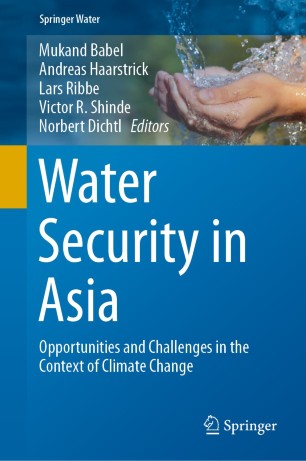
Overview
The book assesses the current water-security situation in Asia. The thematic areas of the book discuss the United Nation’s sustainable development goals with a particular focus on Goal 6 (“Ensure availability and sustainable management of water and sanitation”) and Goal 13 (“Take urgent action to combat climate change and its impacts”). Asia has been facing a number of water-related challenges for decades due to multiple factors such as increasing population, socio-economic development, urbanization and migration, and climate change now poses an additional threat. While significant efforts have been made by governments in Asia, much more work is needed to make Asian societies water-secure. Given its multi-disciplinary approach, the book is a valuable resource for researchers involved in the further development of water-security concepts, approaches, and methodologies. In addition, it helps policymakers, planners, and practitioners to formulate sustainable water- security enhancement strategies grounded in sound scientific evidence to protect human well-being.
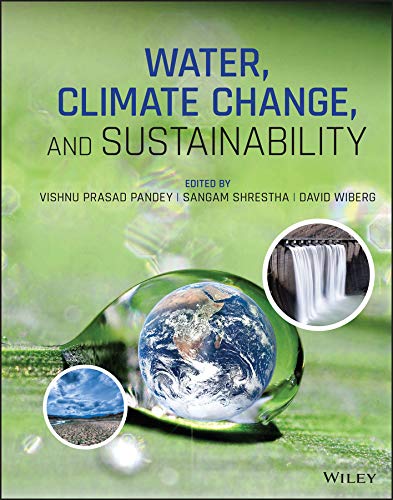
Overview
This book provides an in-depth review of sustainable concepts in water resources management under climate change featuring contributions by 49 global authors which has been organized into three sections: Sustainability Concepts; Sustainability Approaches, Tools, and Techniques; and Sustainability in Practice. Detailed chapters describe the linkage between water and sustainable development, highlight the development and use of new measuring and reporting methods, and discuss the implementation of sustainability concepts in various water use sectors. Topics include localizing and mainstreaming global water sustainability initiatives, resilient water infrastructure for poverty reduction, urban water security for sustainable cities, climate actions and challenges for sustainable ecosystem services, and more. This important resource reviews contemporary scientific research and practical applications in the areas of water, climate change, and sustainability in different regions of the world; discusses future directions of research and practices in relation to expected patterns of climate changes, and covers a wide range of concepts, theories, perspectives and case studies of sustainable development of water resources.
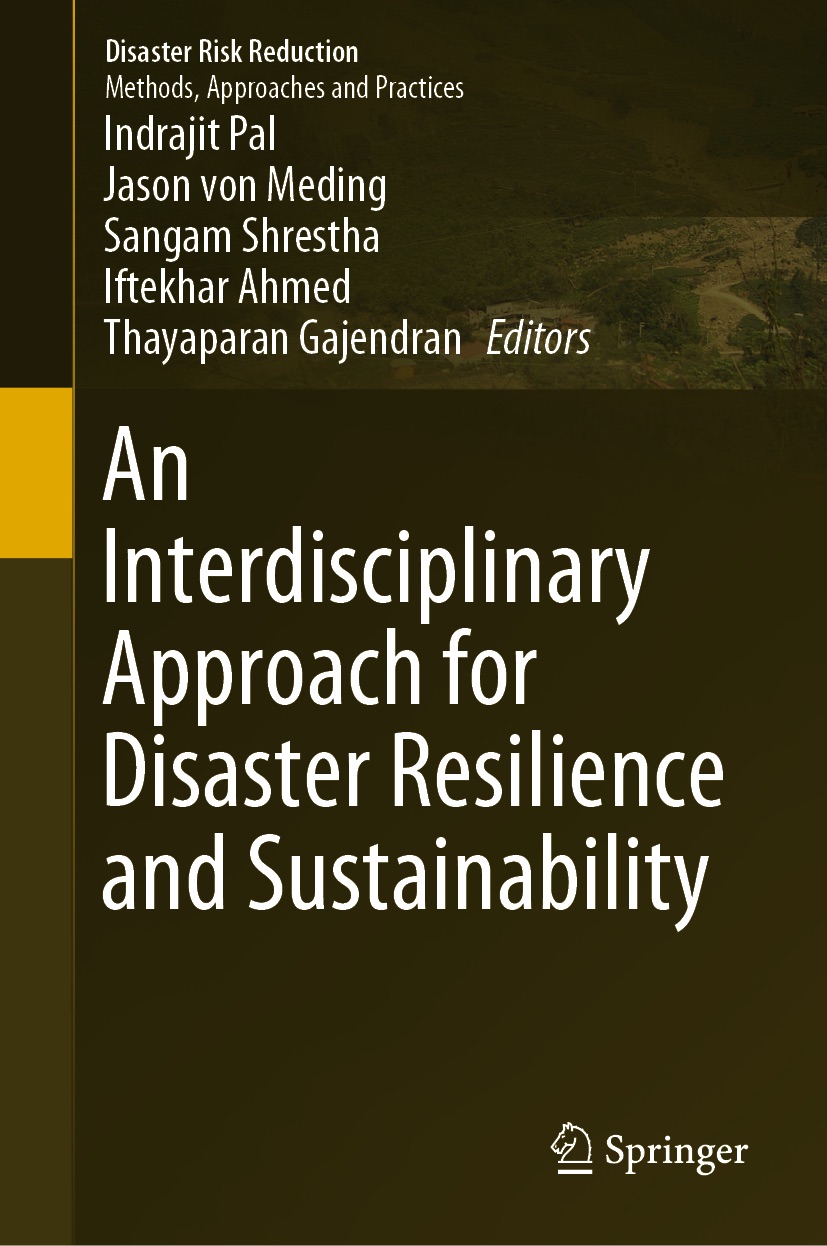
Overview
This book includes selected papers presented at the international expert forum on Mainstreaming Resilience and Disaster Risk Reduction in Education, held at the Asian Institute of Technology, Thailand on 1–2 December 2017. The journey towards disaster risk reduction and resilience requires the participation of a wide array of stakeholders ranging from academics to policymakers, to disaster managers. Given the multifaceted and interdependent nature of disasters, disaster risk reduction and resilience require a multidisciplinary problem-solving approach and evidence-based techniques from the natural, social, engineering, and other relevant sciences. Traditionally, hazard and disaster-related studies have been dominated by the engineering and social science fields. In this regard, the main purpose of this book is to capture the multidisciplinary and multisectoral nature of disaster risk reduction, and to gather existing data, research, conceptual work, and practical cases regarding risk reduction and its ties to sustainable development under a single “umbrella.” Along with the sustainability aspect, the book also links disaster risk reduction with development, technology, governance, education, and climate change, and includes discussions on challenges, solutions, and best practices in the mainstreaming of disaster risk reduction.
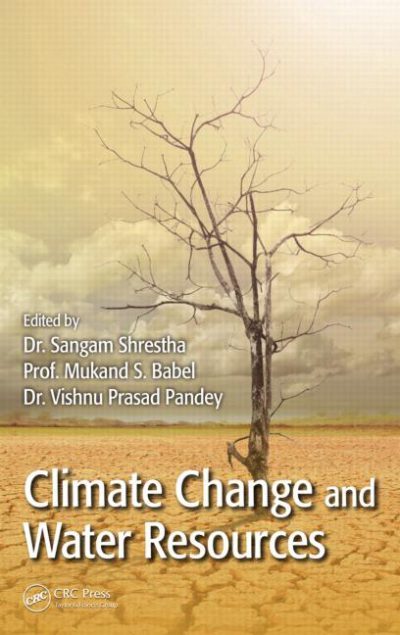
Overview
Covering the various aspects of water and climate change, Climate Change and Water Resources presents the principles of climate change science and its effects on earth s water supply. Utilizing the knowledge and expertise from well-known experts in the field, the text provides a broad outline of the many interrelated aspects of climate variations, climate change, and connections to water resources. Designed to help managers with developing strategies, implementing policies, and investing in infrastructure and information sources for integrated water resources management, the text addresses many issues regarding climate change and water resources. It also includes adaptation options, which are essential to water resource sustainability. The material is divided into four sections. The first part of the book provides an introduction to climate change and considers theoretical aspects and available tools. The second part of the book examines the impacts that climate change has on the water sector. The third part focuses on the different adaptation measures needed to minimize the effects of climate change. The fourth part presents a number of case studies. Focused on climate change in the water sector, Climate Change and Water Resources closely analyzes scientific research and fuels study for a greater understanding of climate change and the proper management of water. This text is useful for undergraduate and postgraduate students, scientists, and design engineers as well as those working at research institutes and implementing and planning agencies.”
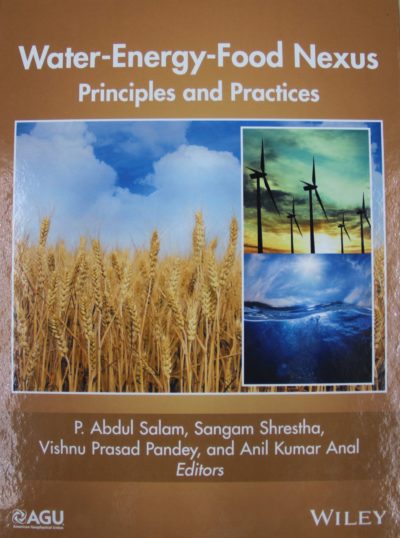
Overview
Water-Energy-Food Nexus: Theories and Practices highlight the importance of water, energy, and food as key resources to sustain life as well as global, regional and national economies. Exacerbating demands of the three resources combined with concerns over environmental and climate change presents a set of scientific, policy and management issues that are critical for sustainability. The three resources are interlinked in several ways, and the term “nexus” can better describe the interconnections. The “nexus” addresses the concerns of key constituencies, governments, and their citizens and businesses. It has therefore been the highly debated topic in most of the international flora. The “nexus” has been discussed, researched, and advocated widely; however, the discussions are focused mostly on “water-energy” or “water-food” or “energy-food” domains. To get the real benefit of the nexus approach in terms of resource use efficiency, it is essential to understand, operationalize and practice the nexus of all these three resources. Volume highlights include: Contributions to the global debate on water-energy-food nexus through knowledgebase generation Theoretical and/or conceptual aspects of the water-energy-food nexus and ways to overcome operational challenges of the nexus approach of the resources management Cases of the nexus approach in practice from different regions of the world, and opinions on future of the nexus agenda.
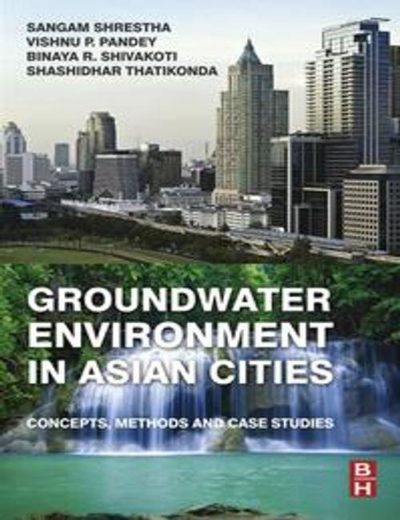
Overview
Groundwater contributes to the sustainable development of many Asian cities by providing water for domestic, industrial and agricultural uses and regulating ecosystem flows. However, groundwater has not always been properly managed, which often has resulted in depletion and degradation of the resource. Groundwater Environment in Asian Cities presents the up-to-date scientific knowledge on groundwater environment in fourteen Asian cities using Driver-Pressure-State-Impact-Response (DPSIR) framework. In detail the book presents the facts and figures of groundwater dependency, problems related to groundwater over-exploitation, implementation of various policy instruments and management practices and their results in selected fourteen Asian cities, namely; Bandung (Indonesia), Bangkok (Thailand), Beijing (China), Bishkek (Kyrgyzstan), Chitwan (Nepal), Delhi (India), Dili (East Timor), Ho Chi Minh (Vietnam), Hyderabad (India), Khulna (Bangladesh), Lahore (Pakistan), Seoul (South Korea), Tokyo (Japan), and Yangon (Myanmar). The book provides the one-stop platform to get sufficient details about groundwater aquifers, hydrogeology, groundwater status, impacts on groundwater environment and responses (technology, policy, institutional, etc.) deployed in the case studies cities, and therefore, provides a snapshot of Asian groundwater environments.
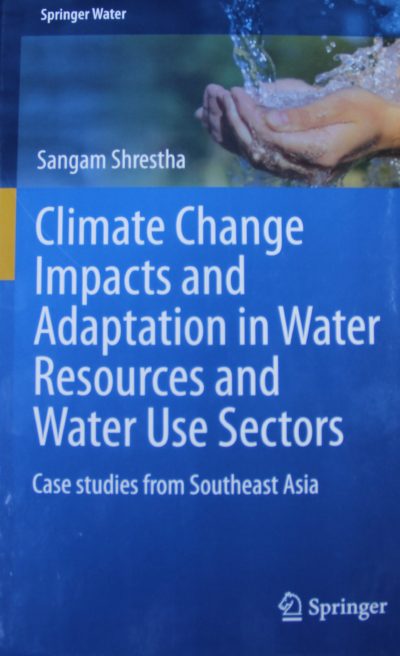
Overview
Climate change on earth is having significant impacts on water resources management in Southeast Asia. Knowledge of climate variations and climate change can be valuable for water resources management in agriculture, urban and industrial water supplies, hydroelectric power generation, and ecosystem maintenance. This book presents the findings of case studies on forecasting climate change and its impacts on water availability, irrigation water requirements, floods and droughts, reservoir inflows and hydropower generation, and crop yield in specific basins of Southeast Asian countries such as Thailand, Myanmar, and Vietnam. All case studies start by forecasting the climate change and investigating its impacts by employing several hydrological reservoir simulations and crop water requirement models. The findings provide sound and scientific advice for water managers on the real impacts of climate change and how to adapt to its many challenges.
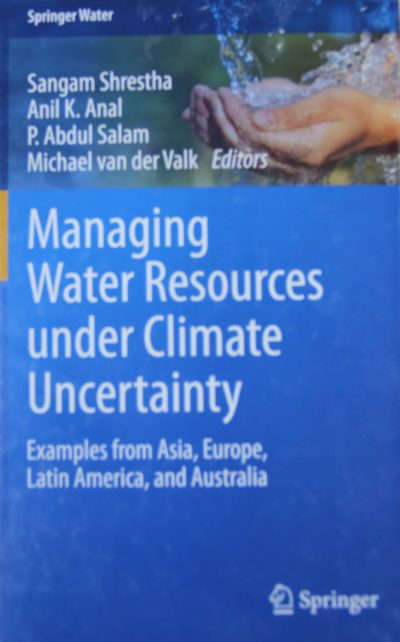
Overview
This book aims to come up with views to address the queries of planners, policymakers, and general people for water resources management under uncertainty of climate change, including examples from Asia and Europe with successful adaptive measures to change the challenge of climate change into opportunities. The availability of clean water is a major global challenge for the future due to a rapidly growing population and urbanization where further stress in water resources is expected due to the impact of climate change. The wide range of impacts includes for example changes in hydrology, moisture availability, spatial and temporal variations in magnitude of stream flow, and dwindling of water levels with adverse effect on wetlands and ecosystem. As a consequence, water management has become a serious issue and was identified as a global societal challenge, and climate change forecasting has become one of the key issues in recent research on sustainable water resources management.
